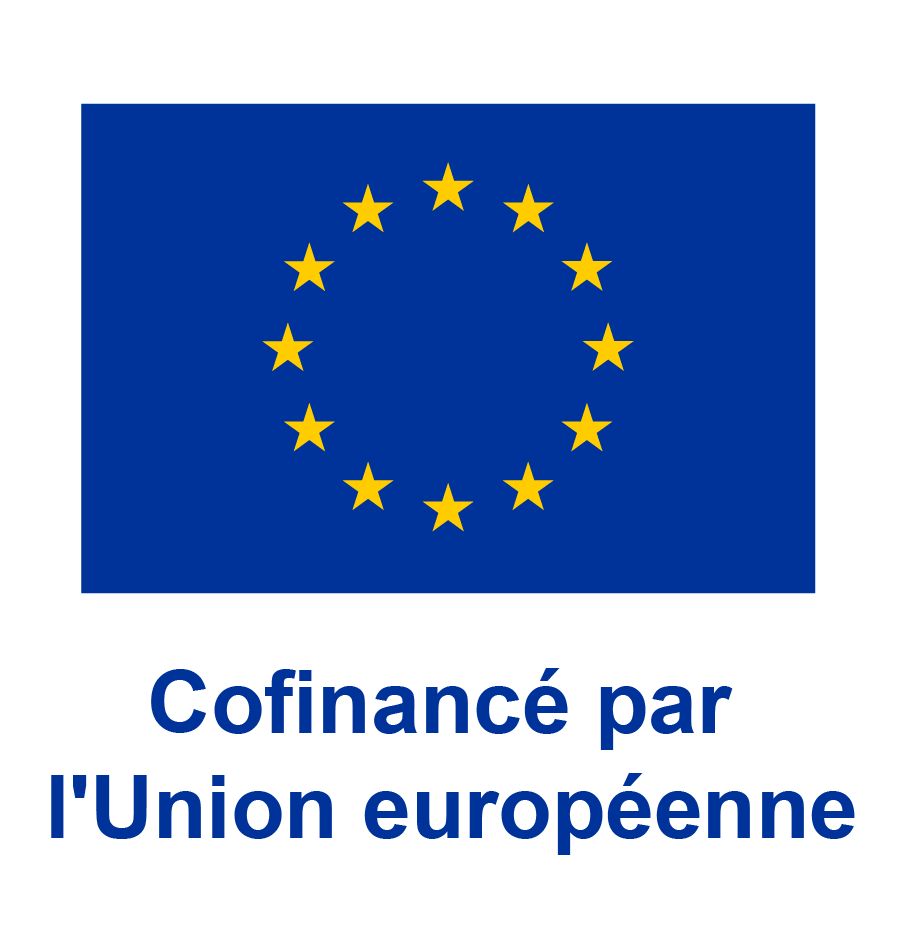For the European Commission, developing the supply of microcredit is important because
it encourages new businesses, stimulates economic growth and can help counteract the
effects of the financial and economic crisis.
Contrary to the more commonly known use of microcredit in developing countries, where
it involves much smaller amounts and is focused on eradicating poverty, the European
Commission views microcredit as a loan of up to €25 000 for business initiatives, from
any institution whose purpose includes lending smaller amounts to businesses.
In the past, surveys have shown that new entrepreneurs often find it difficult to borrow
small amounts because many banks see microcredit, in particular microloans to start-ups
as a high-risk, low-return activity where overhead costs are high in relation to the
amount lent.
The EU already has tools to increase the availability of microcredit, especially with the
guarantees available under the Competitiveness and Innovation Framework Programme1
and through guarantees using the structural funds, in particular the "Joint European
Resources for Micro- to Medium Enterprises" (JEREMIE) programme. The facility called
“Joint Action to Support Microfinance Institutions in Europe” (JASMINE) is managed by
the European Investment Bank Group (EIB and EIF) and seeks to support non-bank
microfinance institutions by providing funding (co-financing facility) and technical
assistance to microfinance institutions and microcredit providers. In order to alleviate the
social impact of the crisis, the new Progress Microfinance Facility will contribute to
deepen the outreach of microfinance to particular at risk groups which face barriers in
access to credit in a context of reduced credit supply. All these instruments should help
to bridge market gaps.
In order to further develop its policies the European Commission sought the views of
market participants and other experts on “The role of the banks for microcredit in
Europe”. The following specific topics were initially identified:
• The business case: Would microcredit clients get a loan and how would the loan
product look? Is there enough on offer and what could banks do to improve this?
• The level playing field: What is the role of the non-banking sector in relation to
the banking sector?
• The trends: How will the situation change due to the economic and financial
crisis? How will the future of microcredit provided by banks look: a business to
develop, or one to avoid?
Banking and non-banking experts discussed these questions in two workshops in
November 2008 and March 2009. This report outlines the conclusions from those
discussions.
Banks can play a significant role to gain scale and bring operational efficiency to the
microcredit sector. Banks should see microcredit as an innovative and profitable way of
participating in economic and social development. Only with the banks involvement the
development of the sector can be further accelerated. However, the examples presented
in the workshop and market studies show that there is a great diversity in approaches,
development level and performance to provide micro-credit in the EU.
Type de support
Type de document
Editeur
European Commission's DG Entreprise and industry
Thématiques liées
Numéro de classement dans la bibliothèque ou code de rangement
FD-FARD-4/14
Cocher cette case pour générer un nouveau code lors de l'enregistrement de ce contenu
Désactivé
Année d'édition
2009
Date d'édition
11/2009
Mois d'édition
Novembre


